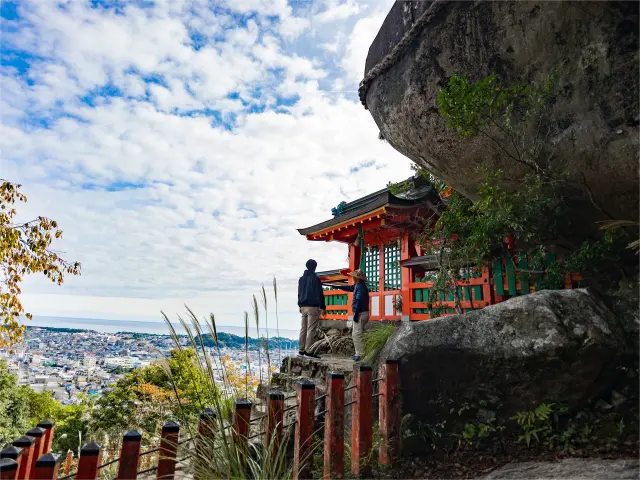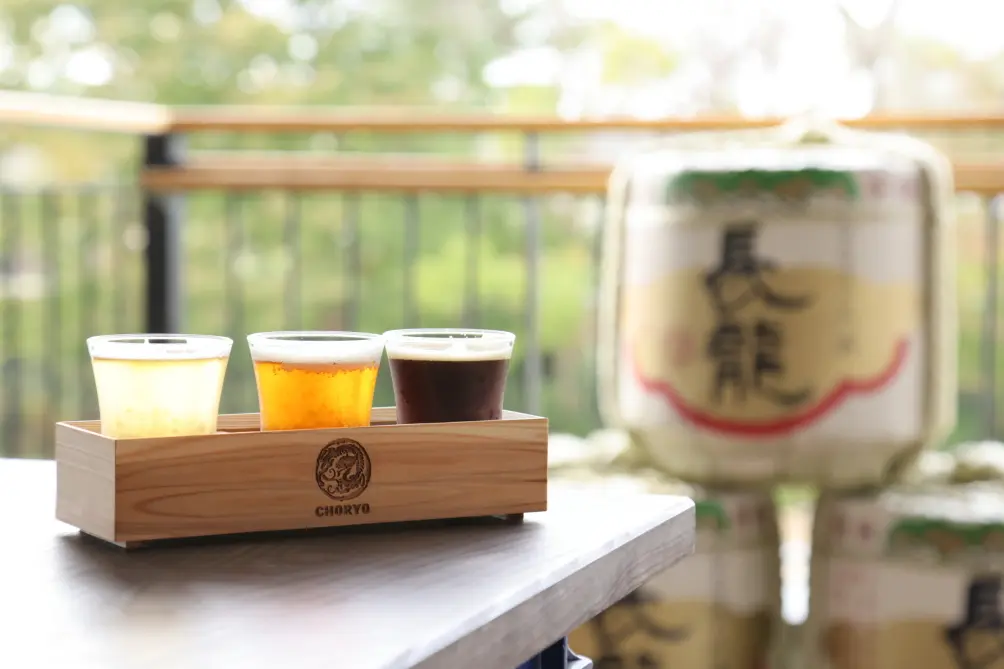
Nara: A Journey Through Its Ancient Fermentation Culture
Last update
Washoku, Japan’s traditional cuisine, gained global recognition after being designated a UNESCO Intangible Cultural Heritage. Key to Washoku are fermented foods like miso, soy sauce, and sake. Many of the roots of Japan’s fermentation culture can be traced back to the Nara period (circa 710–794), when the capital was located in Nara.
This itinerary introduces spots in Nara where the traditions of fermentation culture are still deeply preserved. From a multi-purpose sake brewery facility to a renovated soy sauce brewery hotel and hands-on soy sauce-making experiences, this journey will immerse you in fermentation culture.
Table of Contents
DAY1
9:00 – Depart from JR Osaka Station
The journey begins at JR Osaka Station. Take the JR Osaka Loop Line to Tsuruhashi Station, then transfer to the Kintetsu Nara Line. A Rapid Express train takes approximately 33 minutes to reach Nara Station. From there, board a Nara Kotsu bus bound for Kasuga Taisha Shrine.
Alternatively, those who prefer a leisurely walk can stroll from Kintetsu Nara Station to the main shrine of Kasuga Taisha, which takes about 25 minutes.
10:30 – Visit Kasuga Taisha Sake-den, Japan’s Oldest Sake Brewing Facility
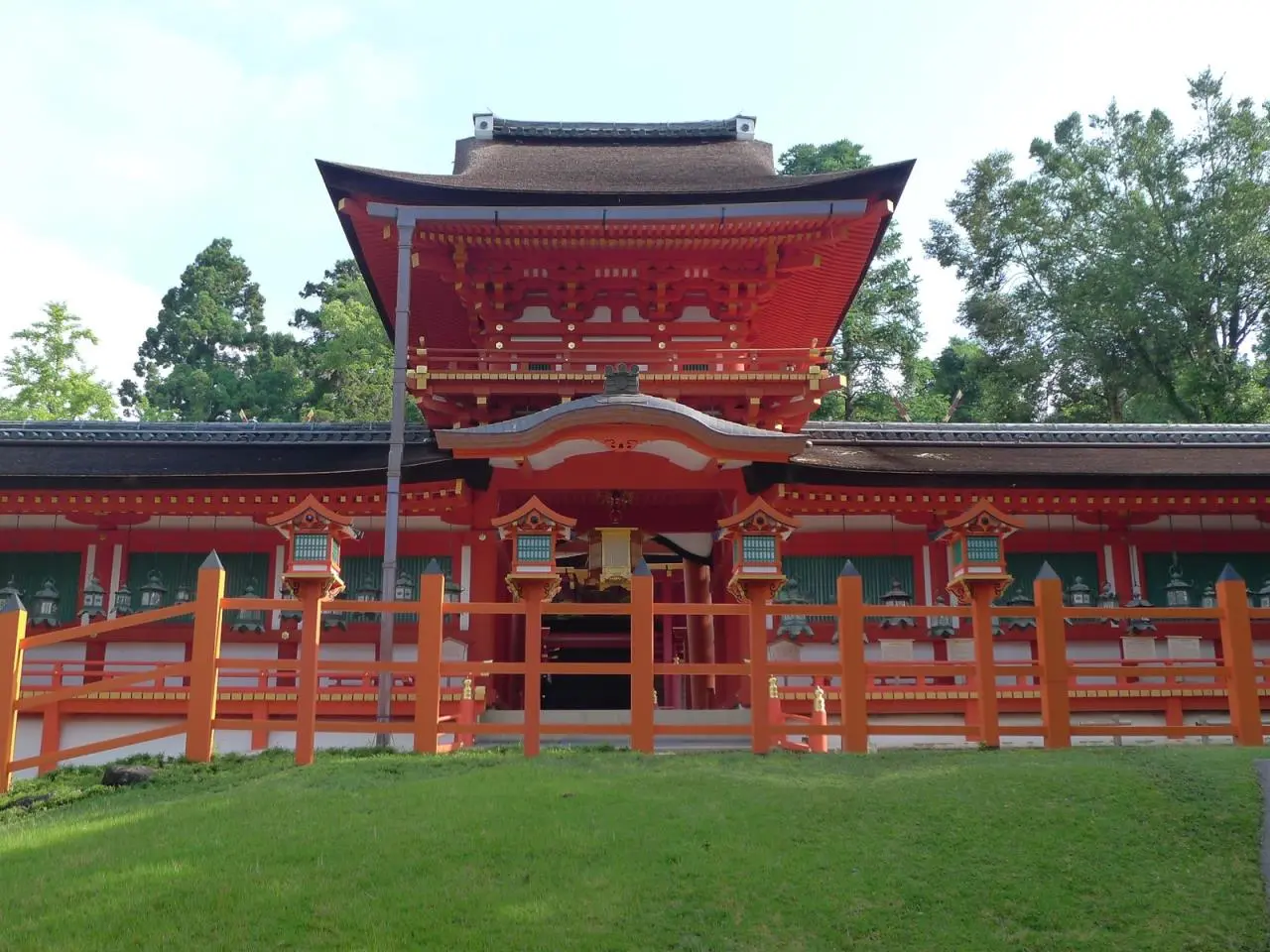
10:30 – Visit Kasuga Taisha Sake-den, Japan’s Oldest Sake Brewing Facility
Kasuga Taisha, established at its current location in 768, was designated a UNESCO World Heritage Site in 1998 as part of the “Historic Monuments of Ancient Nara.” As you step into the shrine grounds, the vivid vermilion-painted buildings immediately catch your eye.
Located on the western side of the Kasuga Taisha cloister, the Sake-den (Sakadono) was built in 859. It is Japan’s oldest sake brewing facility and has been designated as an Important Cultural Property. For over a thousand years, this active sake brewery has been producing sacred sake offerings for the Kasuga Festival, held annually on March 13.
Here, visitors can pay homage to the shrine’s sake deities, Sakamizuo-no-Kami and Sakamizume-no-Kami, beginning their journey into fermentation culture.
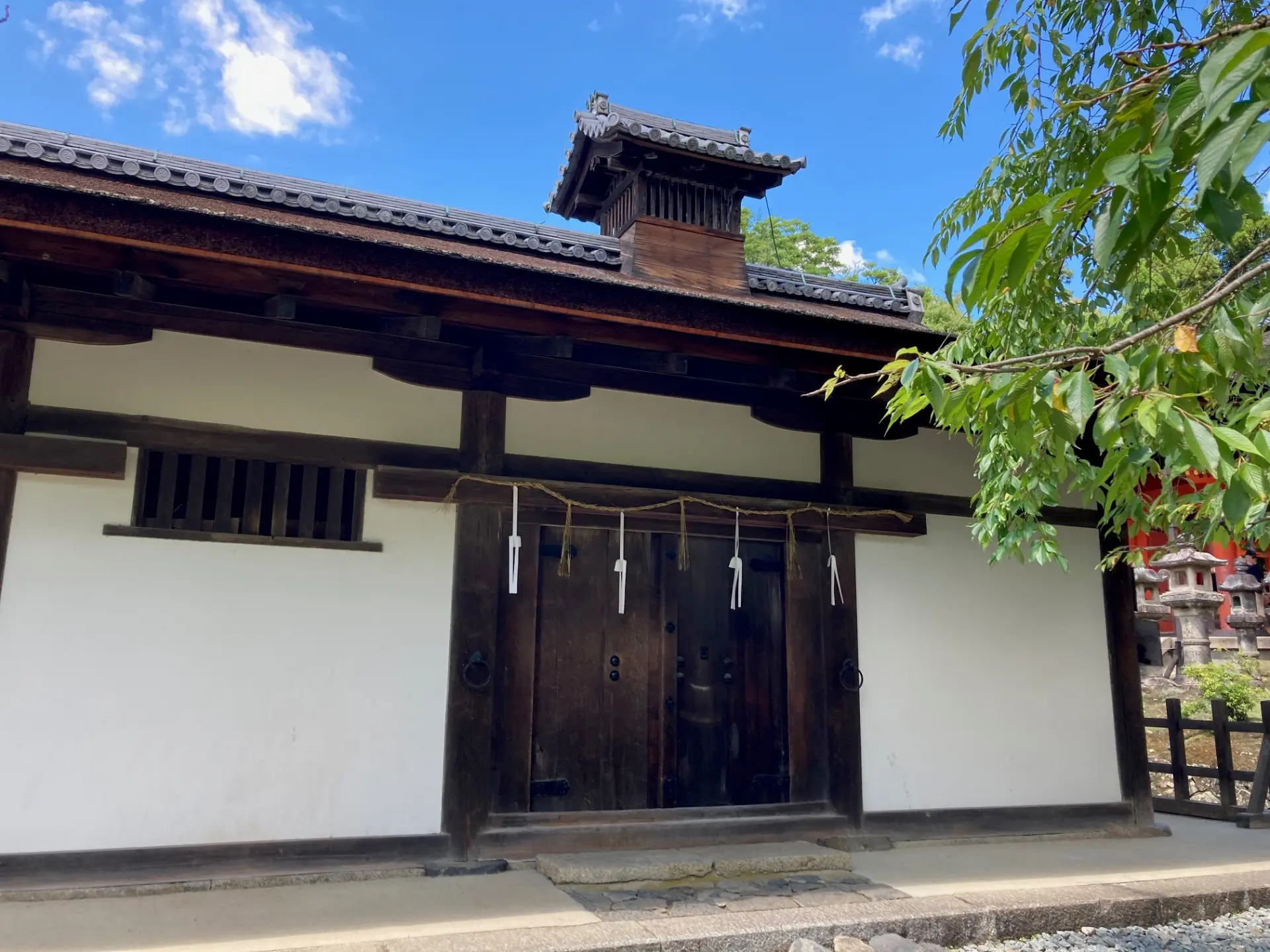
Sake-den, an Important Cultural Property of Japan and an active sake brewery
Basic Information
- Name in Japanese
- 春日大社 酒殿
- Address
- 160 Kasugano-cho, Nara City, Nara 630-8212
- Phone
- 0742-22-7788 (Kasuga Taisha)
- Access
- From JR Yamatoji Line or Kintetsu Nara Line “Nara Station,” take a Nara Kotsu bus bound for “Kasuga Taisha Honden” and get off at the final stop. Alternatively, take a Nara Kotsu city loop bus (outer route) and get off at “Kasuga Taisha Omotesando,” then walk about 10 minutes. The shrine is also a 25-minute walk from Kintetsu Nara Station.
- Hours
- March–October: 6:30–17:30 / November–February: 7:00–17:00 (*Sake-den interior is not open to the public.)
- Admission
- Free (Shrine grounds)
- Closed
- Open year-round (*Access may be restricted due to religious ceremonies or events.)
- URL
- URL
Nara, known as the birthplace of sake, is home to 27 sake breweries that are members of the Nara Sake Brewers Association. Benefiting from Nara’s rich natural environment, each brewery has its own unique characteristics, crafting a variety of sake through innovation and the time-honored techniques of master brewers (tōji). Even today, Nara remains a prominent sake-producing region, and its sake has been recognized by the Kansai Bureau of Economy, Trade and Industry as one of Kansai’s 12 representative brands.
11:40 – Take Home Traditional Nara Pickles from the Long-Established Imanishi Honten
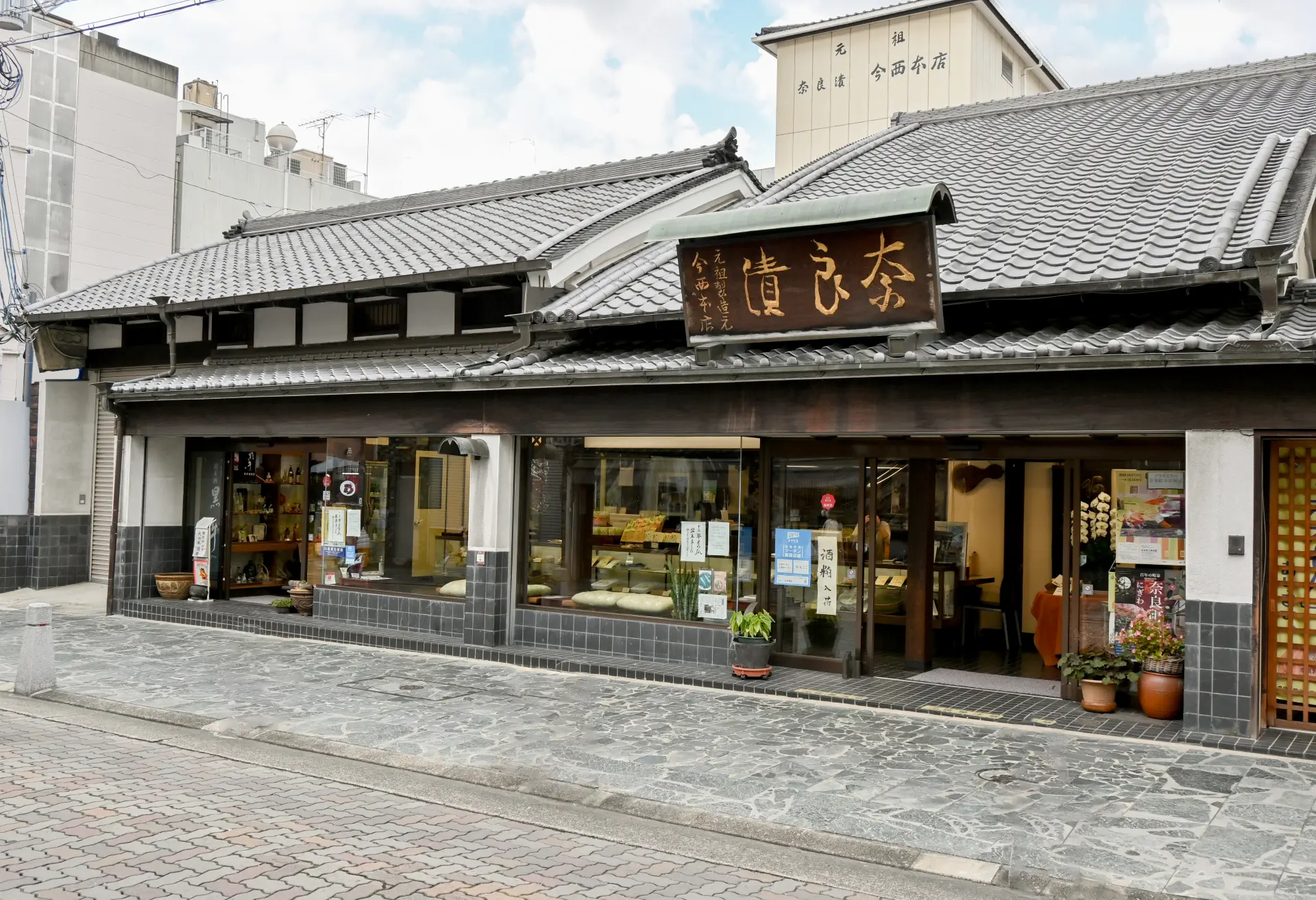
Founded in the late Edo period. The traditional method of pickling exclusively with sake lees, without any sweeteners, preservatives, or artificial coloring, has been preserved.
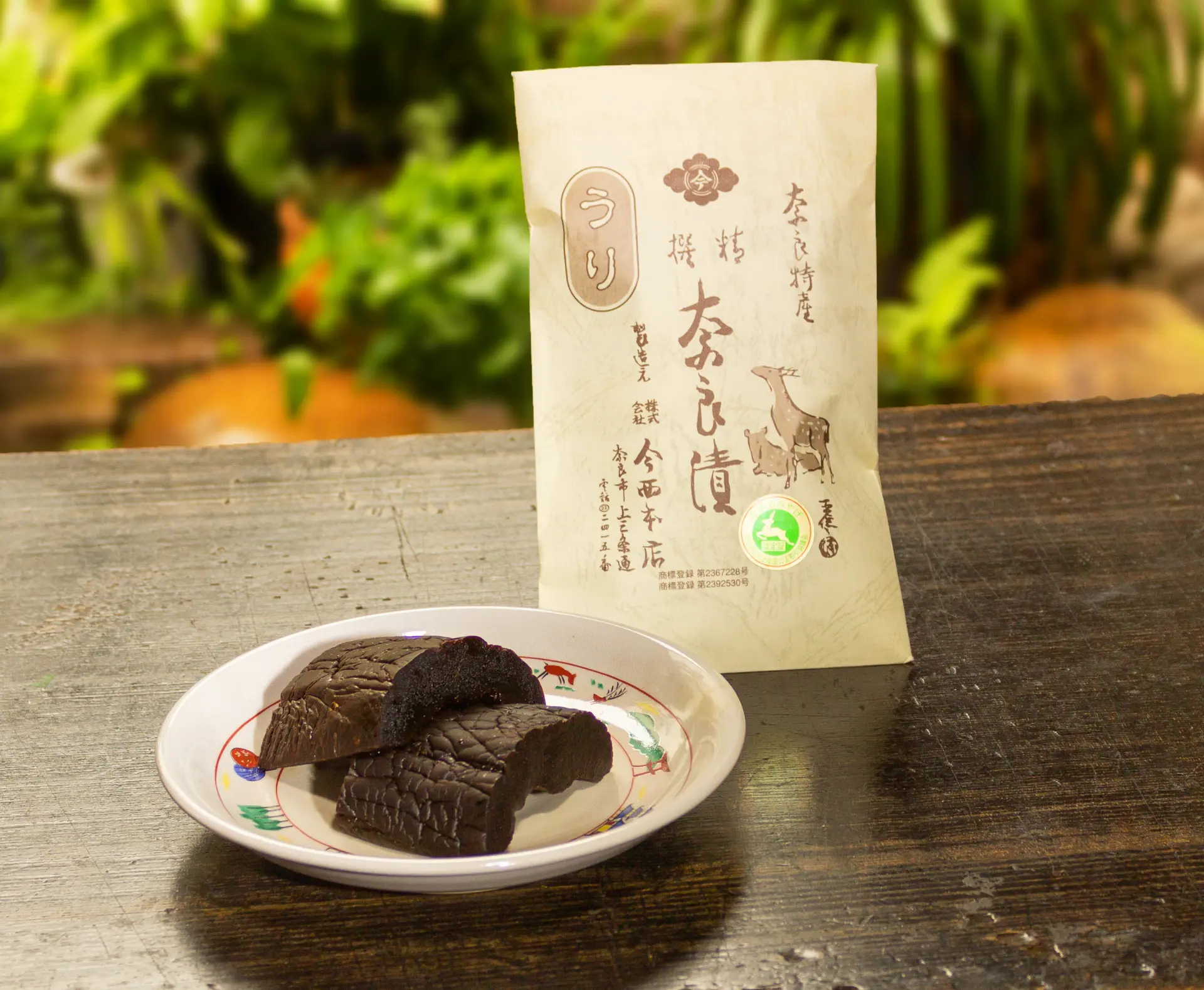
Selling Nara-zuke, including "Uri Kobukuro." Even after opening, it can be preserved for up to two years without refrigeration if kept in sake lees. A fermented food and preservation method dating back to the Edo period.
After returning on foot to the vicinity of Kintetsu Nara Station, take a 10-minute walk to Imanishi Honten, a long-standing shop specializing in Nara-zuke, a local specialty.
Nara-zuke is a type of pickle originating in Nara, made by first salt-pickling vegetables and then preserving them in sake lees. This fermentation technique makes Nara-zuke one of the signature fermented foods of the region.
At Imanishi Honten, Nara-zuke is carefully aged for extended periods—gourds for four years and cucumbers for nine years, with some ingredients undergoing fermentation for as long as 20 years. Through repeated re-pickling, these pickles develop a deep color, complex aroma, and rich flavor, embodying the artistry of fermentation.
Given Nara’s deep ties to sake production, it is natural that a pickle fermented in sake lees emerged here, showcasing how local food cultures evolve from regional traditions. A perfect souvenir from this fermentation-themed journey.
Basic Information
- Name in Japanese
- 今西本店
- Address
- 31 Kamisanjo-cho, Nara City, Nara 630-8228
- Phone
- 0742-22-2415
- Access
- 3-minute walk from Kintetsu Nara Station
- Hours
- 9:30–18:00
- Closed
- Wednesdays, 3rd Sundays
- URL
- https://xn--nts622cwtn.com/index.html
13:35 – Savor Japanese Sake and Craft Beer at Choryo Brew Park
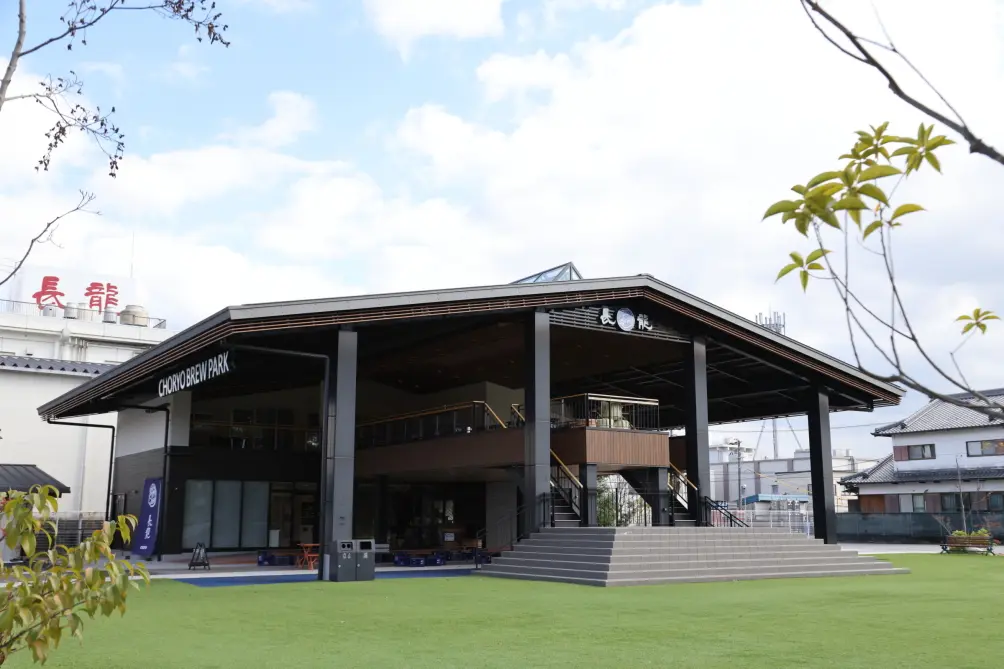
Located next to the headquarters of Choryo Shuzo. In spring, visitors can enjoy a panoramic view of the cherry blossoms along the Takada River from the lawn area and terrace.
From Kintetsu Nara Station, take the Kintetsu Nara Line to Yamato-Saidaiji Station, transfer to the Kintetsu Kashihara Line, and get off at Tawaramoto Station. From there, take the Tawaramoto Line and alight at Hashio Station. A 10-minute walk leads to the distinctive sign of Choryo Shuzo.
Founded in 1963, Choryo Shuzo began brewing craft beer in 2021. In the spring of 2022, they opened Choryo Brew Park, a multi-functional facility featuring a taproom, a terrace, a shop, and a spacious lawn area where visitors can enjoy both sake and beer.
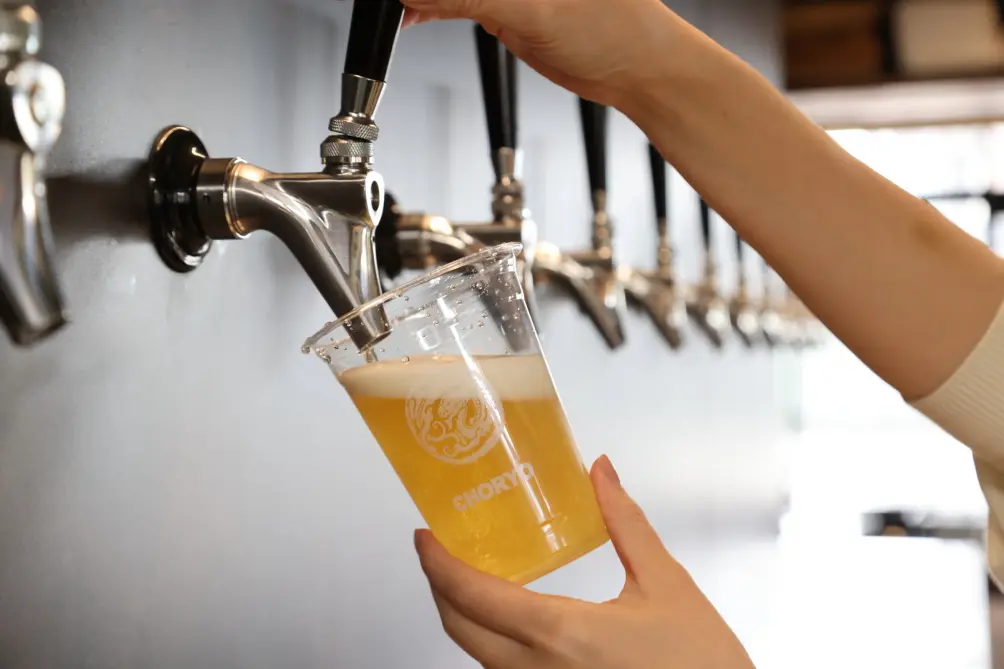
Two to three new craft beers are released each month. The beers on tap are rotated almost weekly, allowing visitors to discover new flavors with each visit.
The taproom features seven craft beer taps and three sake taps, rotating seasonal selections. A tasting set allows guests to sample different beers, while a coin-operated dispenser lets visitors try small amounts of sake, making it easy to explore new flavors. Since craft beer is also a fermented beverage made with yeast, it is fascinating to see how the fermentation expertise honed through sake brewing is applied to beer as well.
The on-site shop also features exclusive items, including food made with sake lees, such as dote-yaki (miso-braised beef tendon) and curry, providing a unique culinary experience. The park is also the perfect place for a relaxing lunch during this journey.
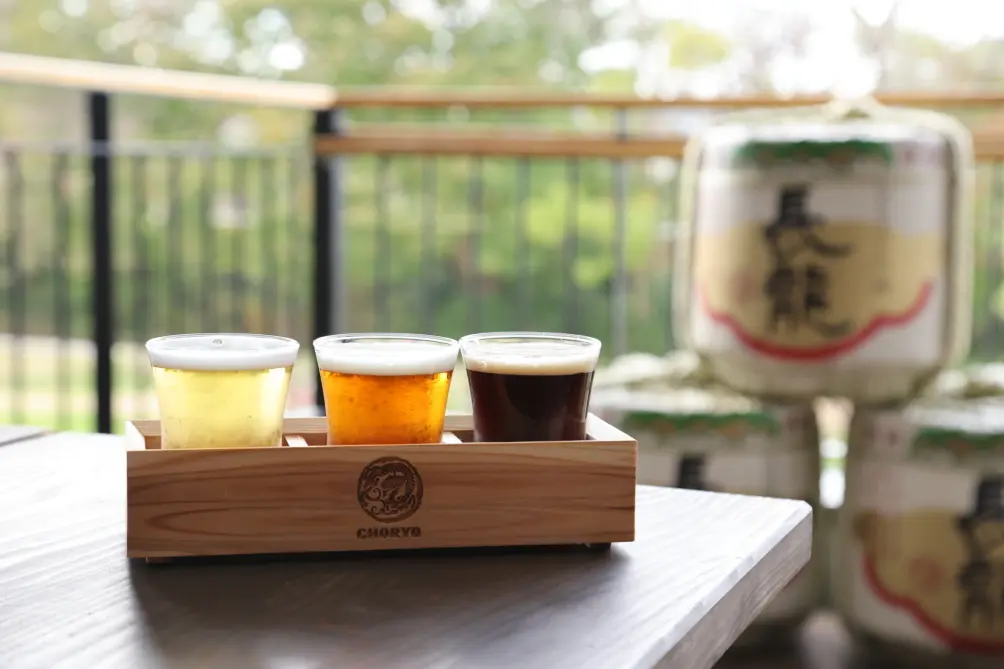
Beer Tasting Set (3 types, 100ml each) ¥900
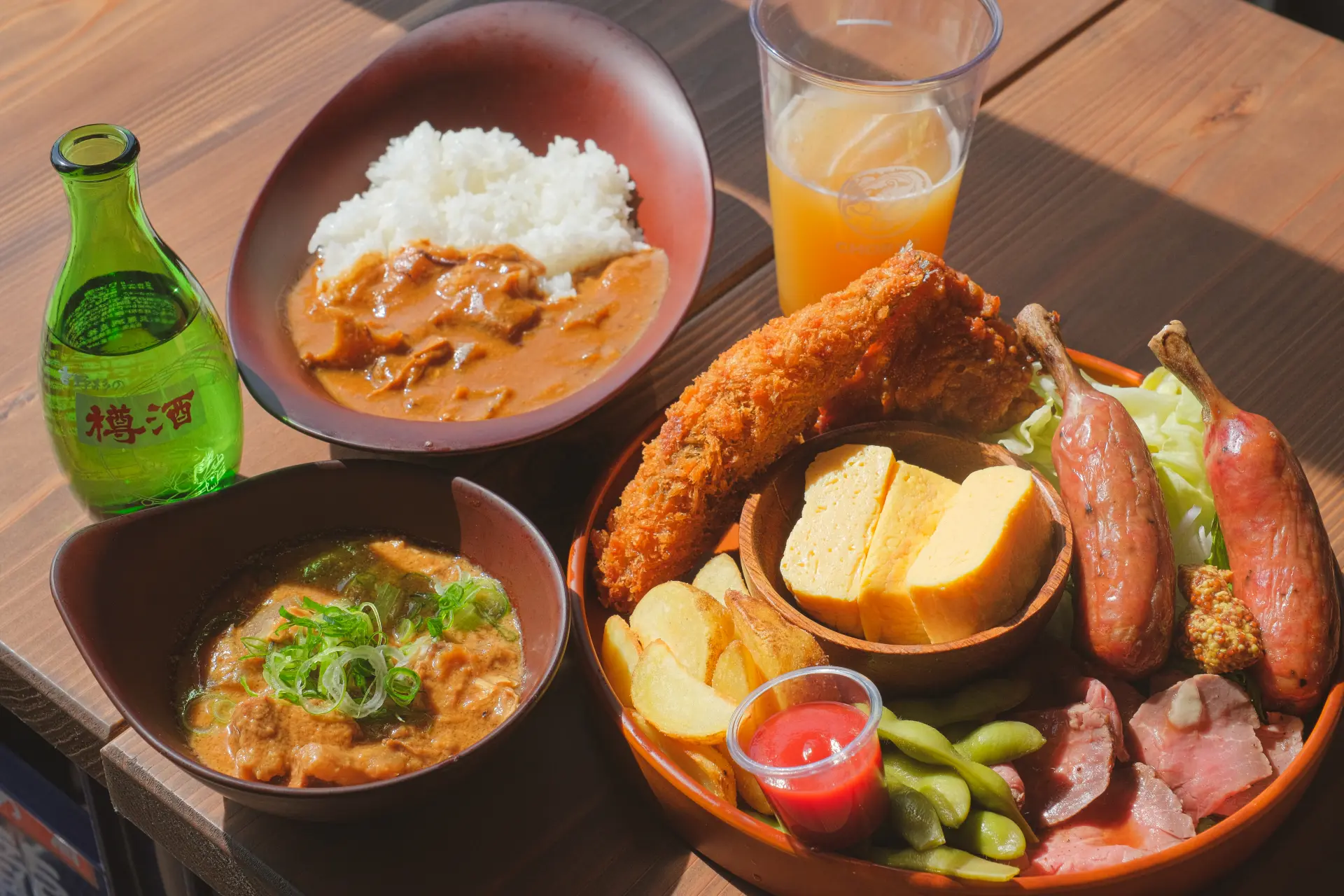
Bottom left: Beef tendon dote-yaki with sake lees ¥590 / Top left: Beef tendon curry with sake lees ¥780
*Other dishes are part of the course menu.
After the meal, visitors can browse the shop for Choryo Shuzo’s sake and craft beer, with exclusive Brew Park limited-edition products also available. Be sure to check out these special items.
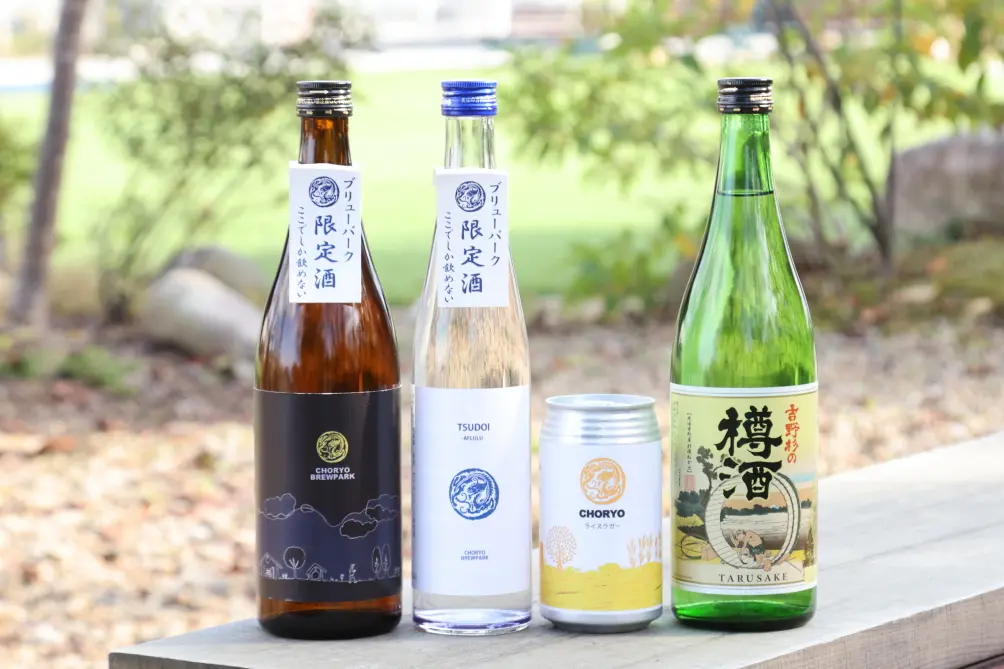
(From left) Omachi Junmai Daiginjo Unfiltered Genshu 720ml ¥2,585 / TSUDOI -AFULULU- 500ml ¥1,100 / Rice Lager (can) 360ml ¥550 / Yoshinosugi no Tarusake 720ml ¥1,760
*The first two bottles on the left are Brew Park exclusives.
Basic Information
- Name in Japanese
- 長龍ブリューパーク
- URL
- URL
16:00 – Stay at NIPPONIA Tawaramoto Maruto Shoyu, a Renovated Soy Sauce Brewery
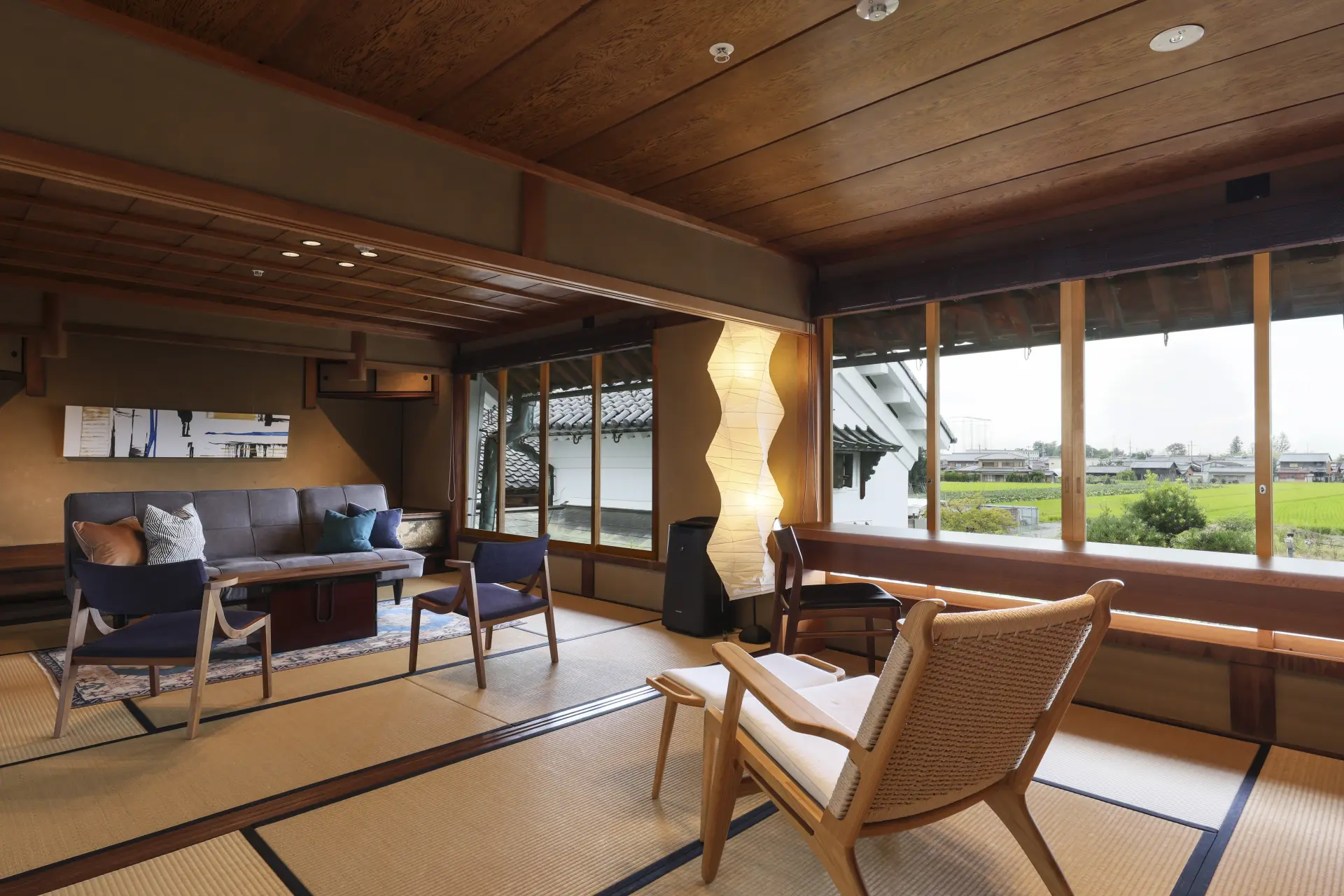
Kifuji, a suite located on the second floor of the main house where the owners have lived for generations.
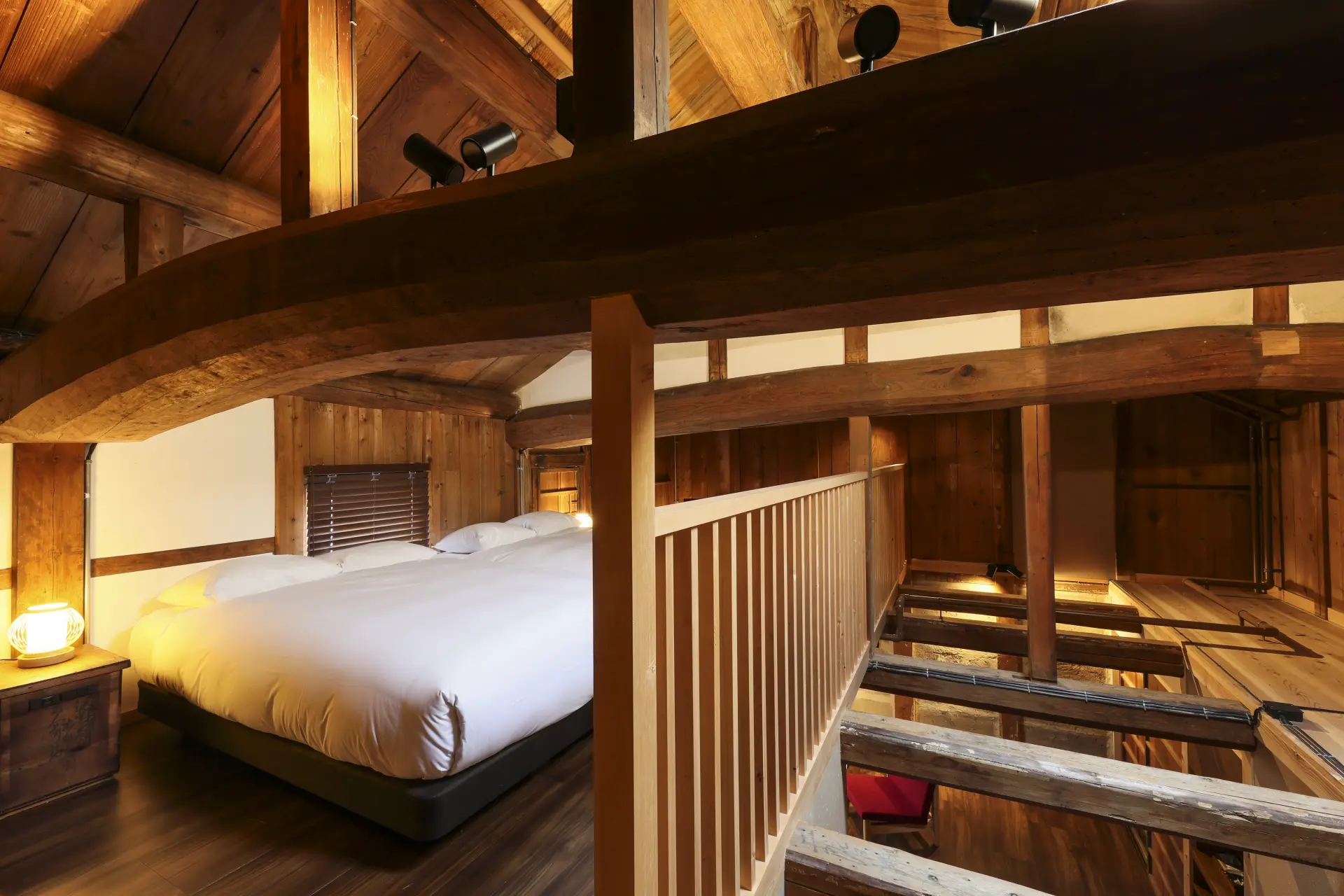
The south wing features a raw material storage area on the first floor and a living space for brewery workers on the second floor.
From Hashio Station, take the Kintetsu Tawaramoto Line and get off at Nishitawaramoto Station. A 15-minute taxi ride brings you to tonight’s accommodation.
NIPPONIA Tawaramoto Maruto Shoyu is a unique hotel converted from Maruto Shoyu, Nara’s oldest soy sauce brewery, founded in 1689. The building, which retains its Yamato-mune (a traditional Nara architectural style), is over 130–140 years old, allowing guests to stay in a setting rich with historical charm.
Although the brewery once ceased operations after World War II, the current owner has revived traditional natural brewing methods. Guests can enjoy an exclusive soy sauce pressing experience, extracting soy sauce from moromi (fermenting mash). The rich, roasted aroma of the moromi is a key factor in the deliciousness of soy sauce, making this a special opportunity to experience fermentation firsthand. Guests can also taste kudzu mochi (kuzu starch cake) served with freshly pressed soy sauce, adding another layer of enjoyment to this hands-on encounter with fermentation culture.
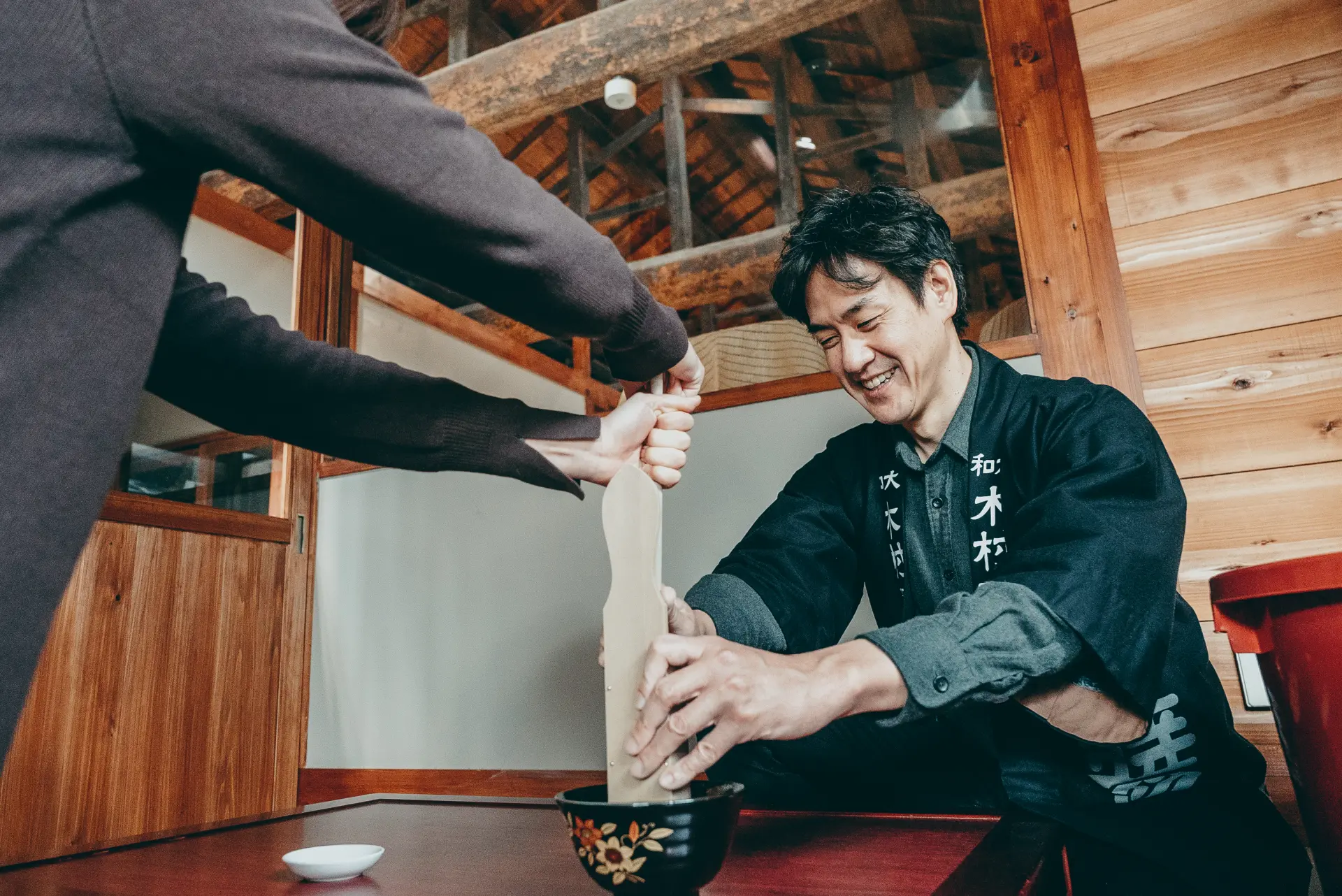
Experience fermentation culture through a hands-on soy sauce pressing activity.
Basic Information
- Name in Japanese
- NIPPONIA 田原本 マルト醤油
- Address
- 170 Iyodo, Tawaramoto-cho, Shiki-gun, Nara 636-0243
- Phone
- 0744-32-2064
- Access
- 10-minute taxi ride from Kintetsu Tawaramoto Station or Nishitawaramoto Station (*Complimentary shuttle available for guests arriving between 15:00–16:00.)
- Check-in
- 15:00–18:00 (*Check-in by 16:30 required for soy sauce pressing experience.)
- Check-out
- 10:00
- Rates
- From 36,000 yen per person (based on double occupancy)
- Closed
- Wednesdays, 1st & 3rd Tuesdays
- URL
- URL
DAY2
8:40 – Depart from Maruto Shoyu
After checking out of the hotel, the second day of the journey begins with a trip to Asuka Village, a place steeped in ancient culture. From Tawaramoto Station, take the Kintetsu Kashihara Line to Kashiharajingu-mae Station, transfer to the Yoshino Line, and get off at Asuka Station.
9:40 – Explore Asuka Village by Bicycle with “Asuka Rental Cycle”
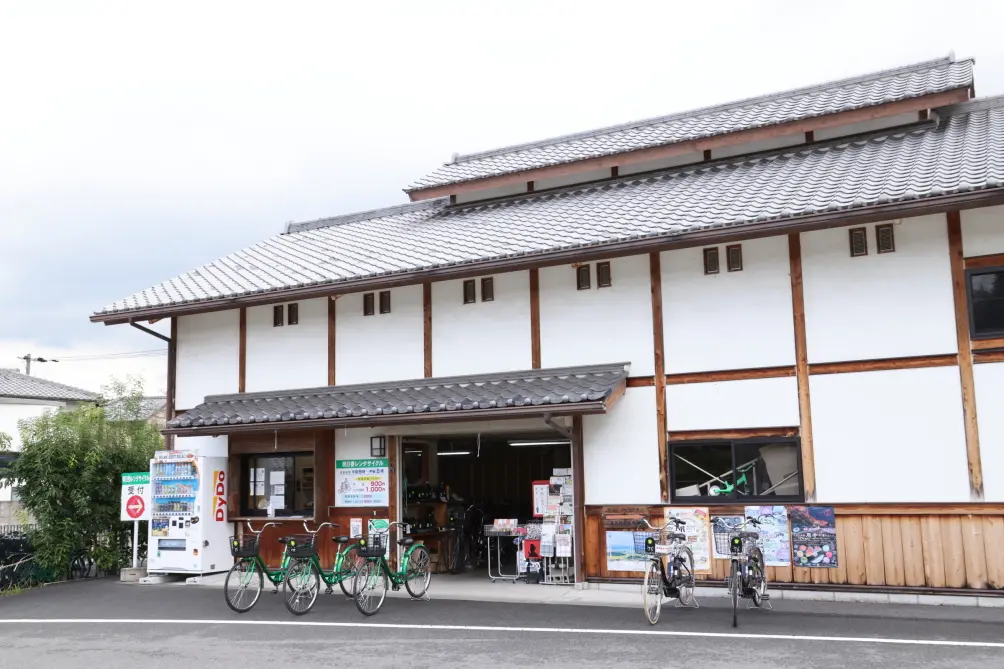
Including the Asuka Station branch, there are a total of four rental locations (plus one for groups). By paying a drop-off fee of ¥200 per bike, bicycles can be returned at any location.
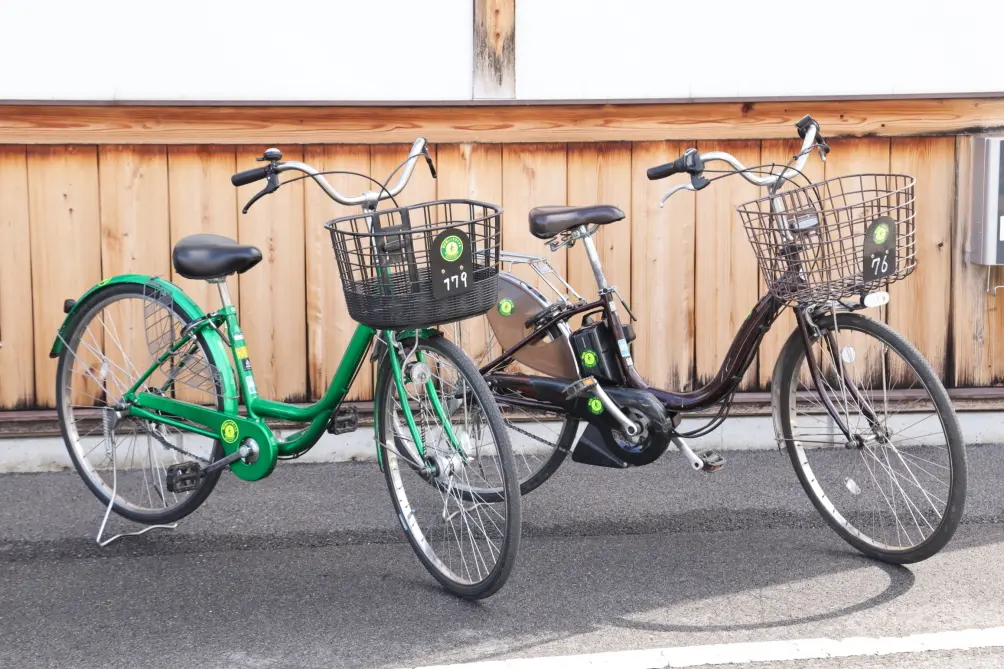
Bicycles are available in five sizes, ranging from children’s to adult models. Due to the many slopes in the area, an electric bicycle (right) is the best option for those who want an easier ride.
At the roundabout in front of Asuka Station, rent a bicycle from Asuka Rental Cycle and set off on a cycling adventure! The recommended route takes about 1 hour and 30 minutes, passing various historical sites on the way to Ishibutai Kofun, one of Japan’s largest stone tombs. Along the way, you’ll find many intriguing stops, including the Takamatsuzuka Mural Hall, which houses a replica of the stone chamber murals from Takamatsuzuka Kofun, and Kameishi, a mysterious giant rock whose origins and purpose remain unknown. With a cycling map in hand, you can explore these fascinating locations at your own pace.
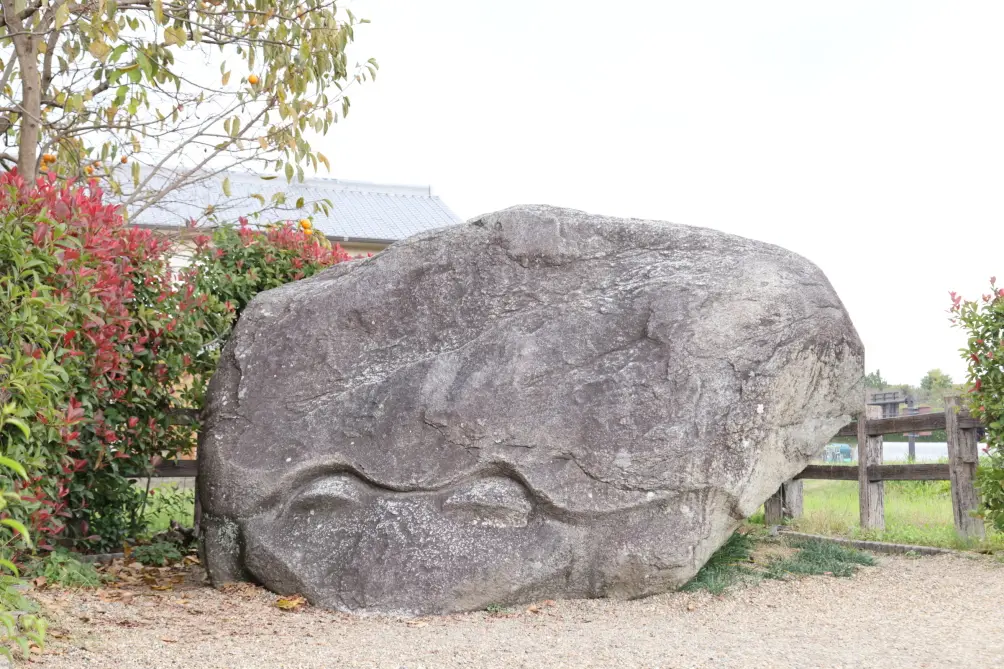
Kameishi is 3.6m long, 2.1m wide, and 1.8m tall. Upon closer inspection, its expression appears to be smiling, giving it a charming presence.
Ishibutai Kofun, believed to have been constructed in the 6th century, is one of the largest square-shaped tombs in Japan. Although the identity of the person buried here is still unknown, the tomb consists of over 30 massive stones, demonstrating the advanced civil engineering and transportation techniques of the time. Seeing it up close is truly awe-inspiring.
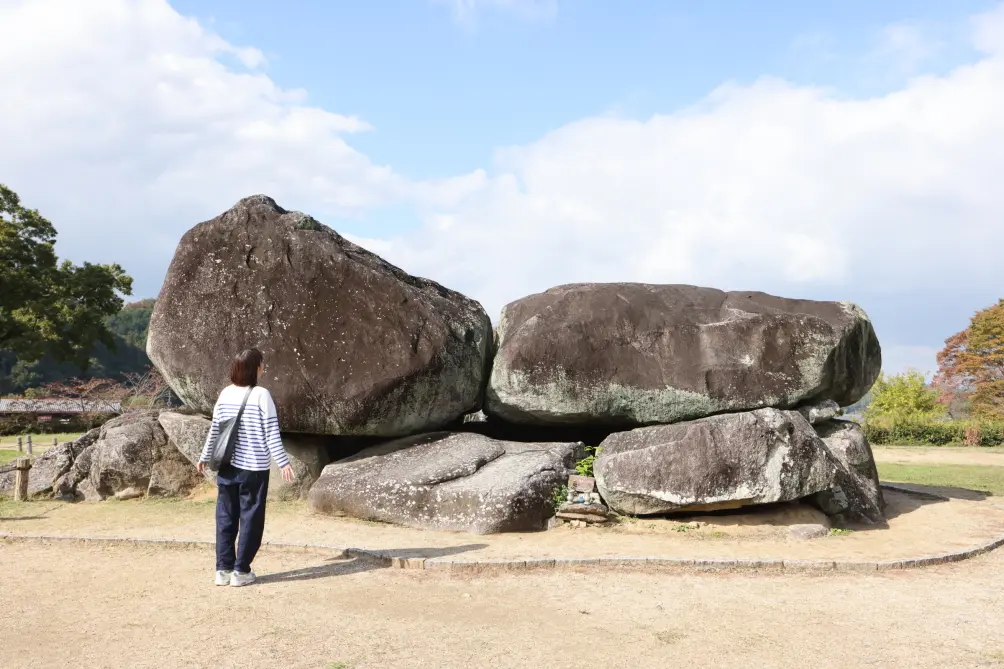
Get an up-close look at Ishibutai Kofun! Entry to the stone chamber requires a fee. General: ¥300 / High School Students & Younger: ¥100.
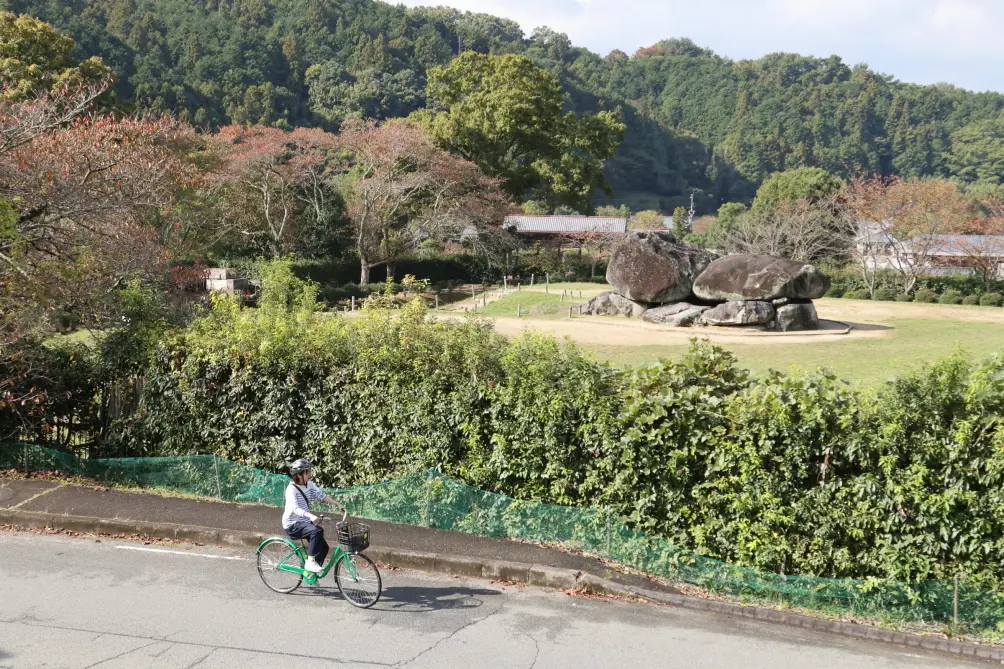
Enjoy a leisurely cycling trip while taking in the lush scenery of Asuka Village.
If time allows, consider joining the guided cycling tour “Sokoiko! Cycling Tour in Asuka: The Beginning of Japan” (organized by the Asuka Village Chamber of Commerce). Exploring Asuka Village—home to Japan’s original landscape—with a knowledgeable local guide provides deeper insight into Japan’s ancient history and culture. Next time, we’d love to experience this as well!
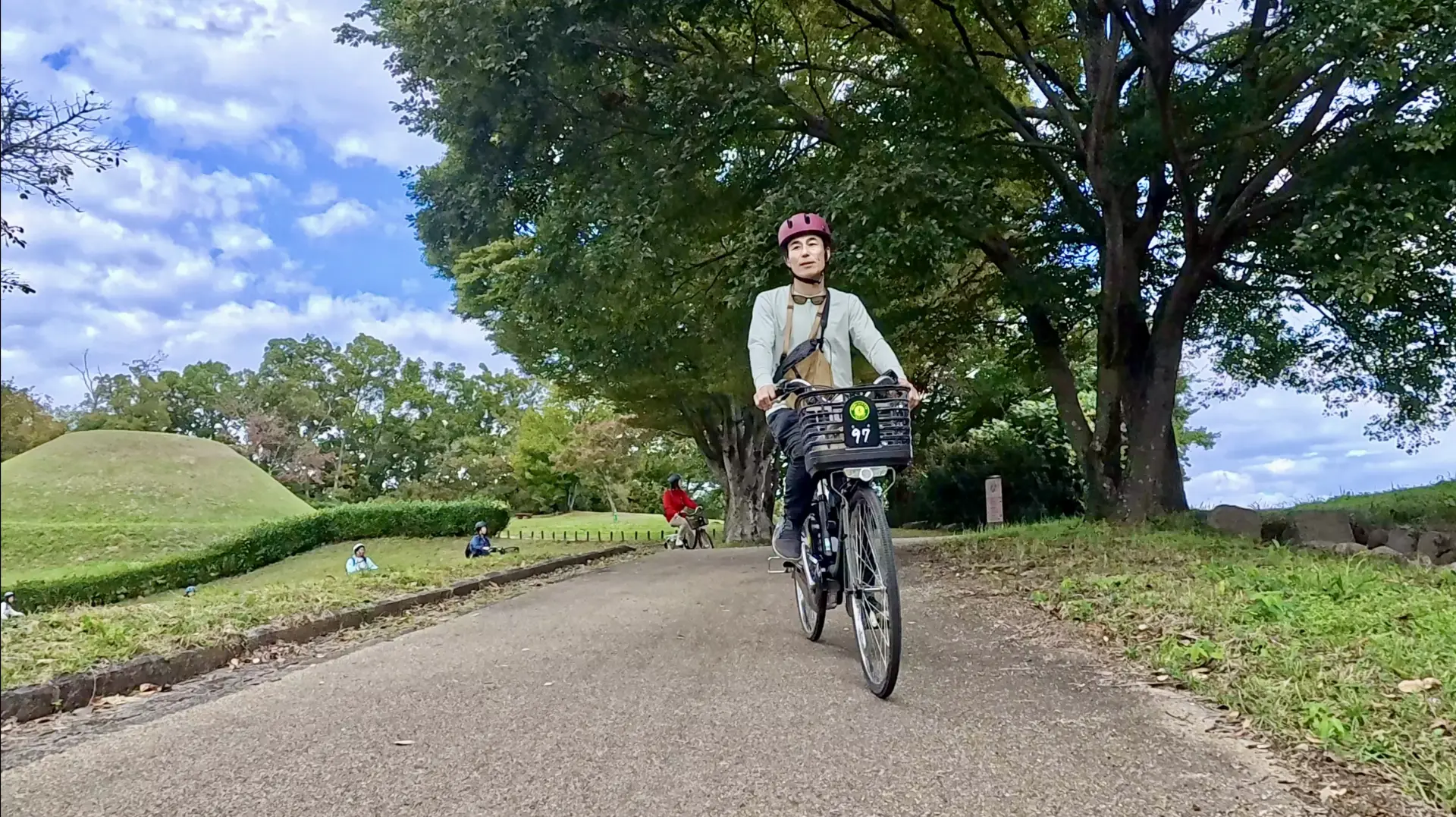
A three-hour guided cycling tour that starts and ends at the Asuka Station branch.
Basic Information
- Name in Japanese
- 明日香レンタサイクル飛鳥駅前営業所
- Name
- Asuka Rental Cycle (Asuka Station Branch)
- Address
- 13-1 Koshi, Asuka Village, Nara 634-0138
- Phone
- 0744-54-3919 (Main Office)
- Access
- 1-minute walk from Kintetsu Yoshino Line Asuka Station
- Hours
- 9:00–17:00
- Rates
-
Standard Bicycle: ¥900 (Weekdays) / ¥1,000 (Weekends & Holidays)
Electric Bicycle: ¥1,500
Motorized Scooter: ¥3,000
One-way Drop-off Fee: ¥200 per bike - Closed
- Open year-round (May close on rainy days)
- URL
- URL
Basic Information
- Name in Japanese
- sokoiko!サイクリングツアー in Asuka The Beginning of Japan
- URL
- URL
11:30 – Ancient Rice Lunch at "Nōson Restaurant Yumeichi Chaya"
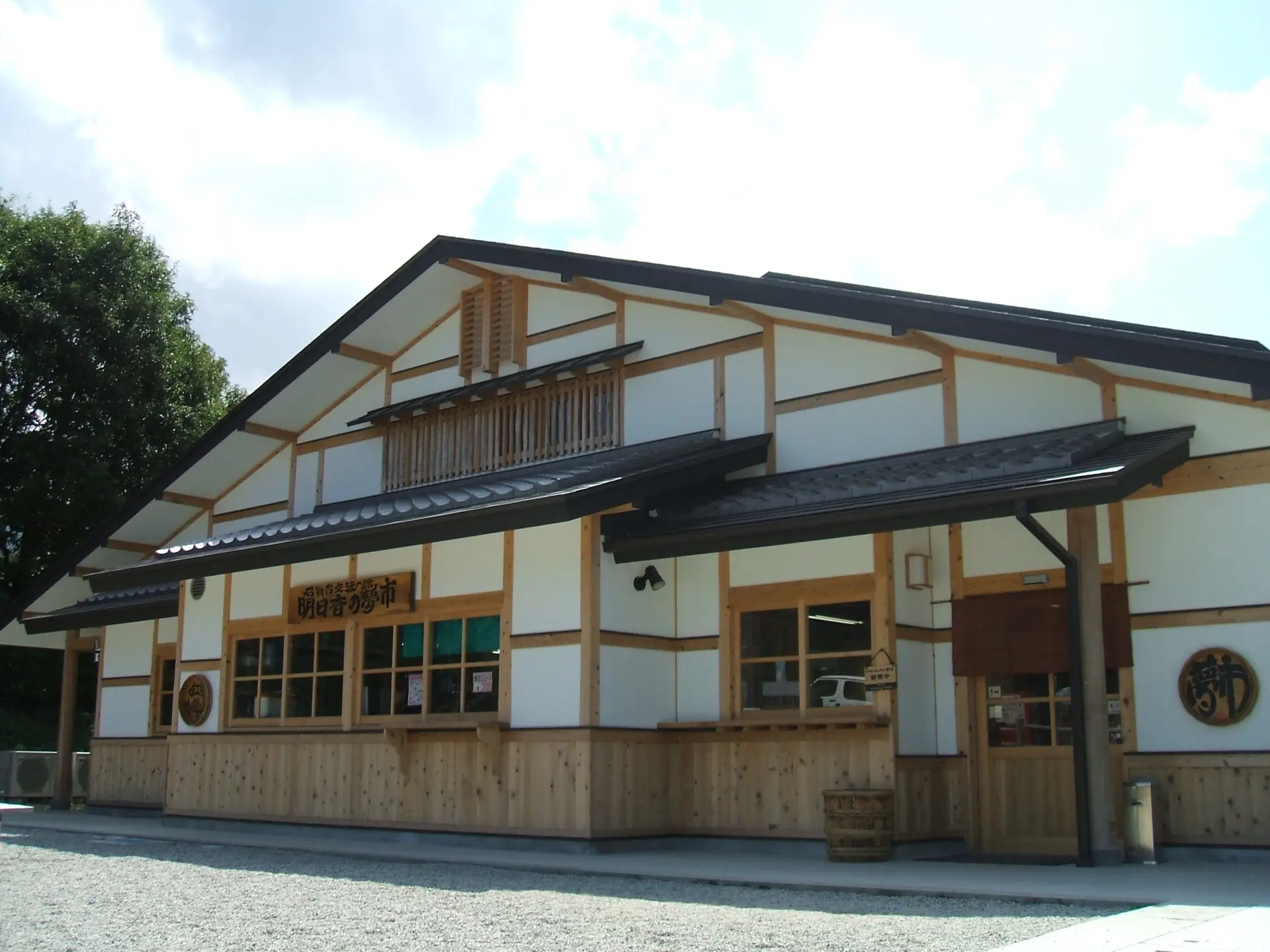
The second floor offers a view of Ishibutai Park.
For lunch, head to Asuka no Yumeichi, located across from the Ishibutai Kofun branch of Asuka Rental Cycle.
On the first floor, “Yumeichi” offers fresh local produce, rice, processed foods, and souvenirs. On the second floor, Nōson Restaurant Yumeichi Chaya serves meals made with ingredients sourced from Asuka Village.
The restaurant, committed to local production for local consumption, features a wide variety of dishes, including set meals, curry, and desserts. One of the most popular dishes is the Ancient Rice Gozen, which includes locally grown ancient rice, Gozofu (a tofu made with Yoshino kudzu and soy milk), and seasonal vegetables—a delightful and fulfilling meal!
The chewy texture and deep flavor of ancient rice add to the experience, sparking thoughts of how the Sake-den at Kasuga Taisha might have once used such rice to brew sake.
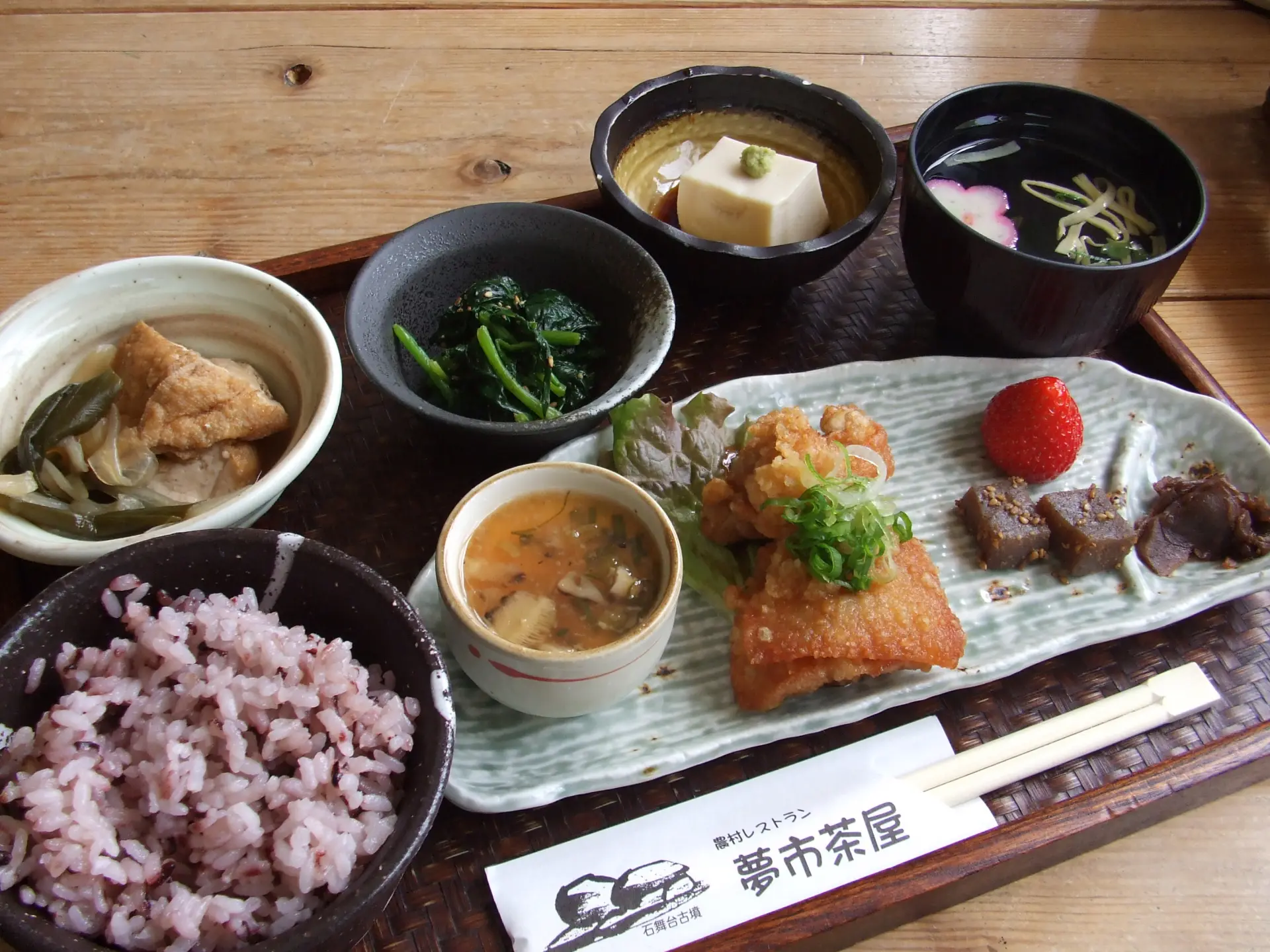
The Ancient Rice Set Meal is available from early March to early December. During winter, a limited-time hot pot menu is offered.
Basic Information
- Name in Japanese
- 明日香の夢市
- Name
- Asuka no Yumeichi
- Address
- 154-3 Shimasho, Asuka Village, Takaichi-gun, Nara 634-0112
- Phone
- 0744-54-9450
- Access
- Short walk from Nara Kotsu Bus "Ishibutai" bus stop
- Hours
-
Yumeichi: 10:00–16:00 (Weekends & Holidays until 17:00)
Yumeichi Chaya: 11:00–16:00 (Weekends & Holidays until 17:00) - Closed
- Open year-round
- URL
- URL
12:40 – Soy Sauce Brewery Tour & Make Your Own Soy Sauce (With Mitarashi Dango Experience)
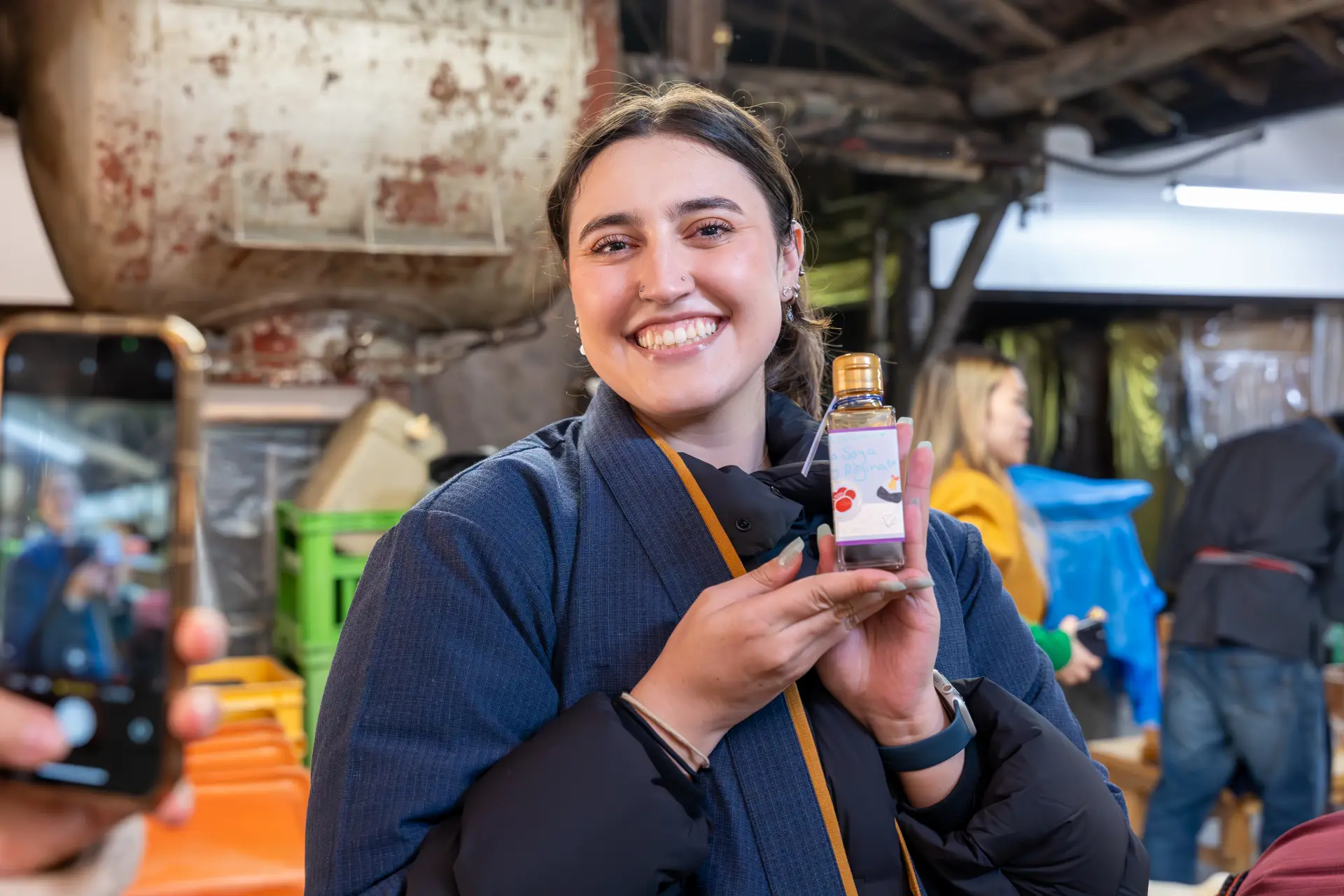
Bottle your own soy sauce and apply a custom label to complete your personalized creation! Enjoy it with tofu from a long-established tofu shop in Asuka Village.
Nara is believed to be the birthplace of Kokubishio, an ancient form of soy sauce used during the Nara period. To conclude this journey through fermentation culture, join a tour where you can visit a soy sauce brewery and make your own soy sauce.
A short 3-minute bike ride from Asuka no Yumeichi brings you to Asuka Stand, a renovated former Okamoto residence. From there, take another 3-minute ride to Tokusei Shoyu, a soy sauce brewery that has been in operation since 1918. The tour, led by Tokusei Shoyu’s knowledgeable staff, provides insight into the soy sauce brewing process, taking you through the interior of the brewery. After learning about the production steps, it’s time to press soy sauce yourself!
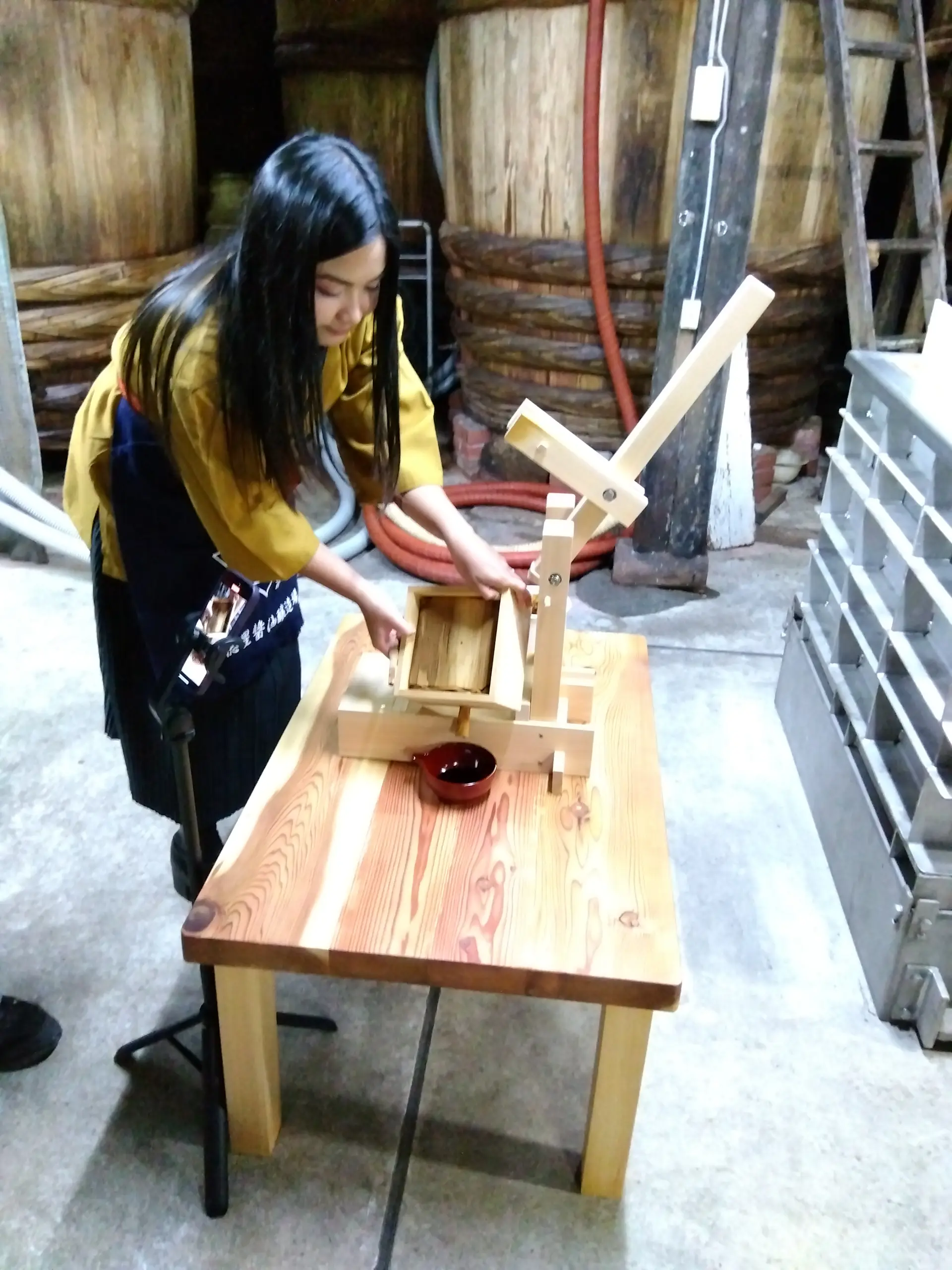
Try soy sauce pressing while dressed in traditional brewery attire.
Following the soy sauce-making experience, try grilling mitarashi dango (sweet soy-glazed rice dumplings) over charcoal. These dumplings, made by Imaishi Seishindo, a well-known local confectionery, are crafted using premium ingredients and traditional methods. Watching them sizzle on the grill is enjoyable, but the real highlight is biting into the freshly grilled dango—absolutely delicious!
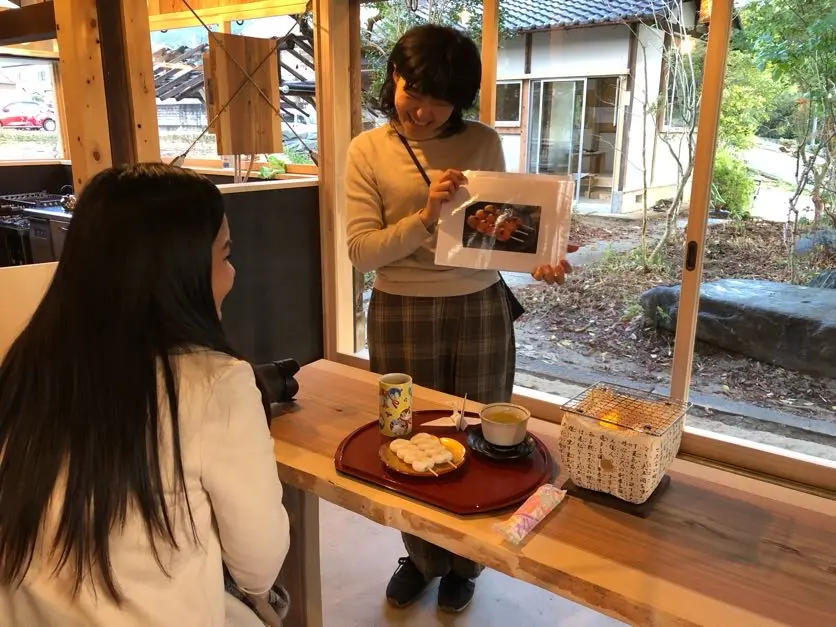
After receiving instructions on making mitarashi dango, try grilling them over a charcoal brazier.
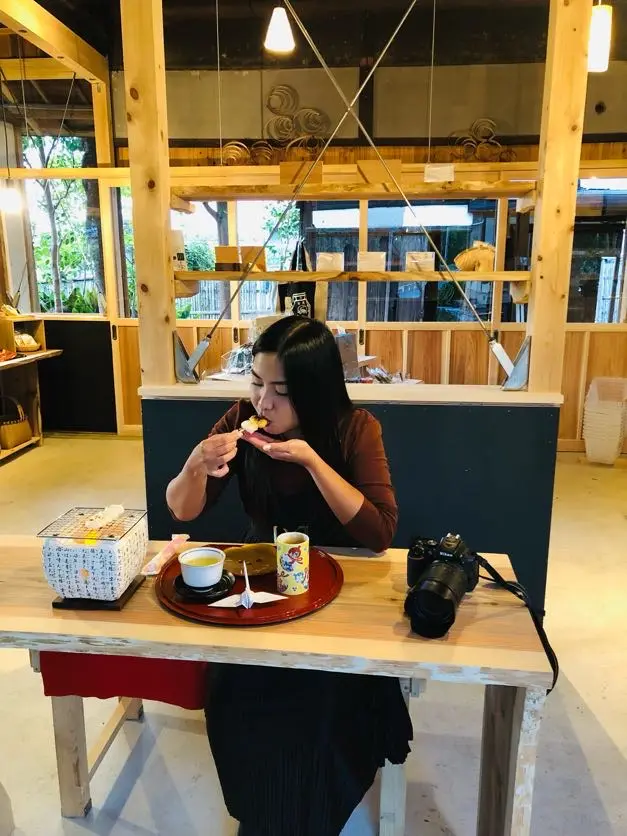
The mitarashi dango sauce is an original creation made with Tokusei Shoyu.
After completing all the activities, the journey through Nara’s fermentation culture comes to an end. Return the rental bike at the Ishibutai branch and start the trip back home.
Basic Information
- Name in Japanese
- 醤油蔵見学とマイ醤油づくり(みたらし団子体験付き)
- URL
- URL
Wrap-up
Sake, beer, soy sauce, pickles—everyday staples made possible by fermentation.
This journey deepened our appreciation for Nara’s rich fermentation culture. While fermented foods are known for their health benefits, we were reminded that they are just as delicious. This trip unveiled yet another fascinating side of Nara’s heritage.
Check also...
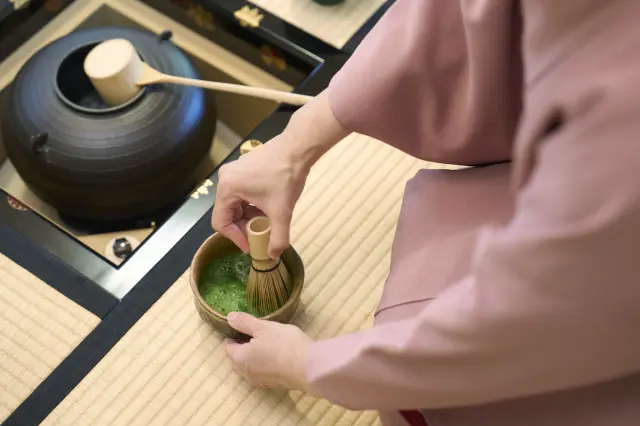
Osaka: A Journey Through Traditional Osaka
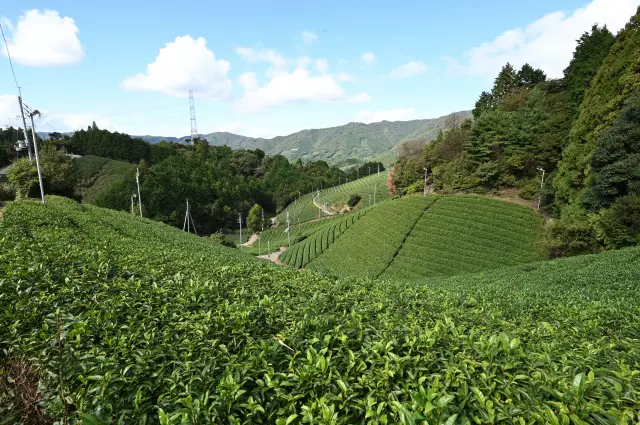
Kyoto: A Journey Through Japanese Gastronomy
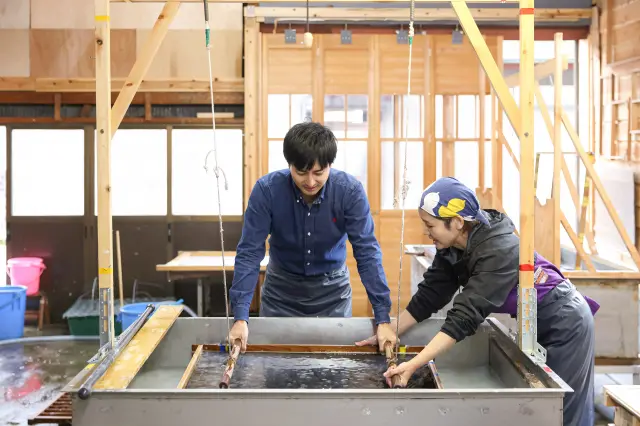
Fukui: A Journey to Experience Japan’s World-Class Craftsmanship
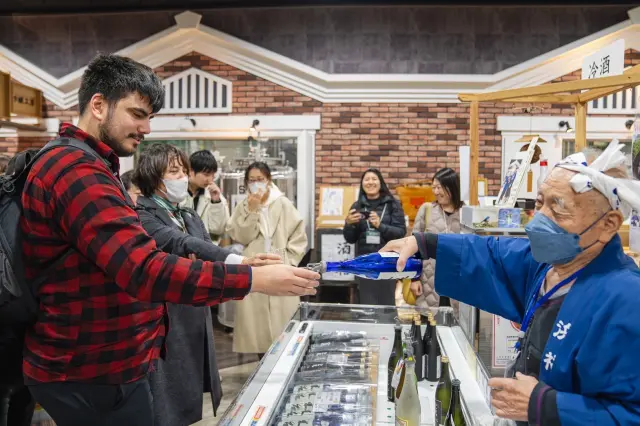
Hyogo: A Journey in Search of Japan’s Finest Sake

Mie: A Journey to Experience the "Ama Culture" Living Along the Beautiful Ise-Shima Sea
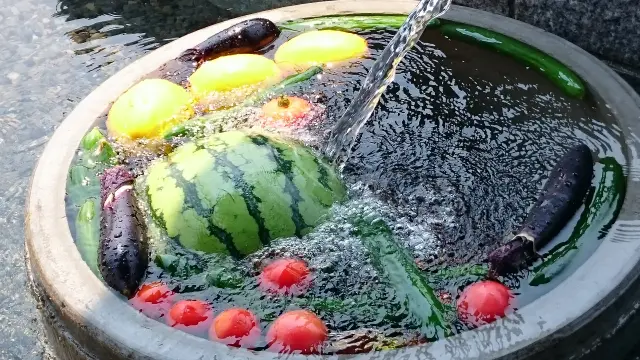
Shiga: Days Steeped in Nature and Blessed Waters Along Lake Biwa
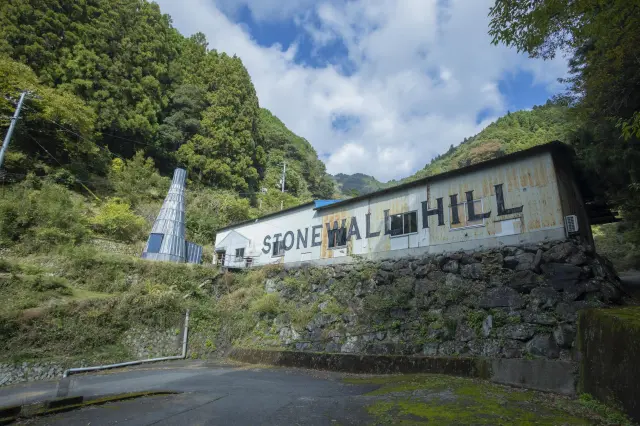
Tokushima: A Journey into Slow Living in the Mountains of Tokushima

Tottori: A Journey to Unwind in the Majesty of Nature at San’in Kaigan Geopark
